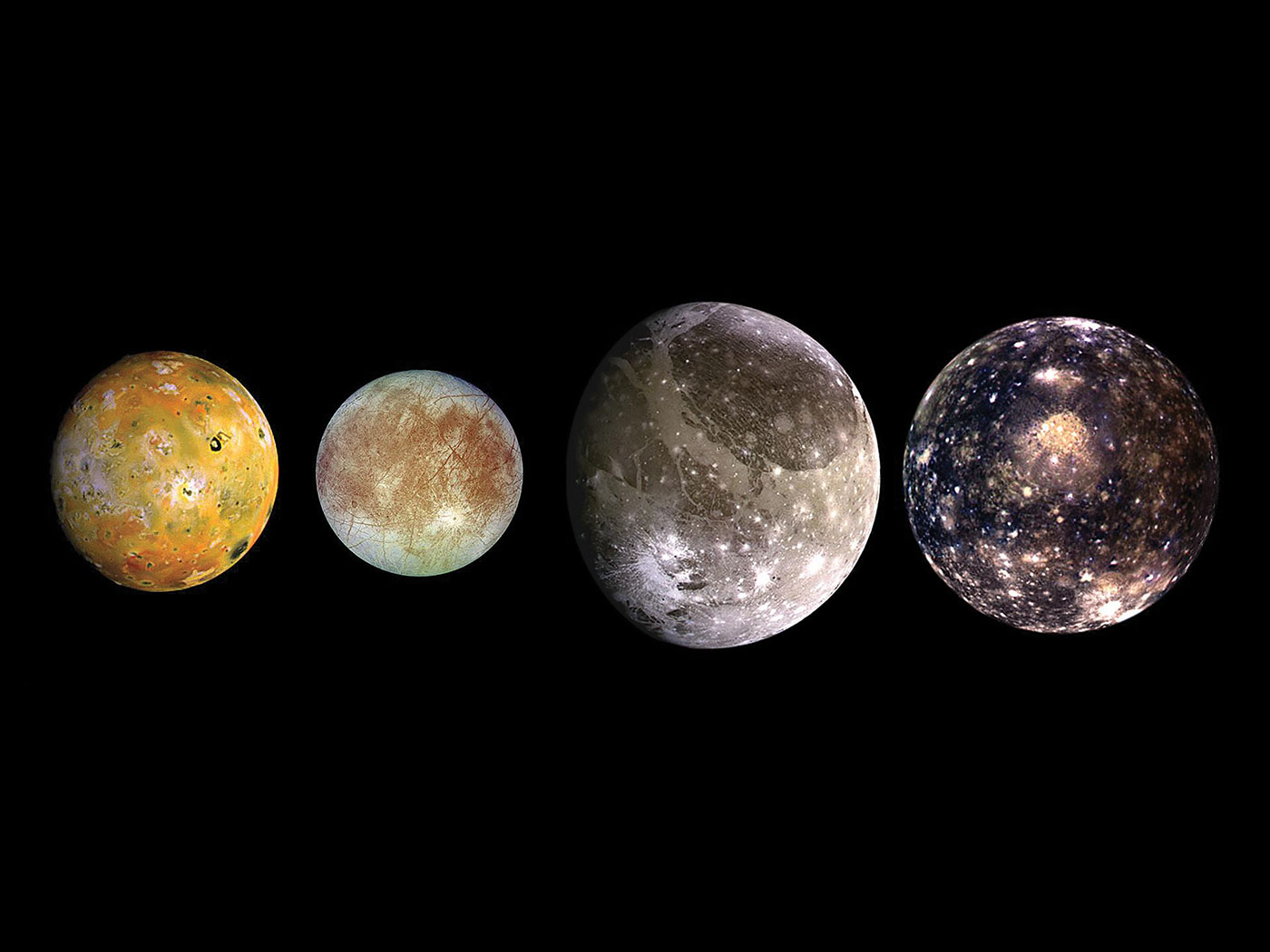Over a decade ago, paleontologist Dr. Mary Schweitzer accidentally discovered soft tissues preserved inside dinosaur bone.1 While examining the bone structure from an incompletely fossilized T. rex nicknamed "B. rex," she came upon what appeared to be blood vessels and blood cells on her microscope slides. In an interview years later, she recalled, "I looked at this and I looked at this and I thought, this can't be. Red blood cells don't preserve."2
Evolutionary scientists have had a very difficult time fitting this evidence into a neo-Darwinian framework. After the soft tissues were verified, creation scientists interpreted them as confirmation of a young earth. "Evidence of hemoglobin, and the still-recognizable shapes of red blood cells, in unfossilized dinosaur bone is powerful testimony against the whole idea of dinosaurs living millions of years ago," Creation magazine reported.3
Of course, questioning the paradigm of eons of time seems nonsensical to most scientists because "geologists have established that the Hell Creek Formation, where B. rex was found, is 68 million years old, and so are the bones buried in it."2 However, this appeal to authority ignores the possibility that the geologists themselves "established" this age based not on science, but on assumptions of millions of years of earth history, the authority of the biologists who date fossils based on their alleged evolutionary path, and the veracity of the geologic column itself, which was defined in the 19th century, prior to the accumulation of 90 percent of current geologic data.
The belief that "millions of years" is established fact seems here to trump the empirical evidence that biomolecules should not last longer than 100,000 years. One resilient biomolecule found in many fossils, including B. rex, is collagen. However, "in bones, hydrolysis [breakdown] of the main protein component, collagen, is even more rapid and little intact collagen remains after only 1-3x104 [10,000 to 30,000] years, except in bones in cool or dry depositional environmnents."4
With a lifespan of 30,000 or so years, collagen should not exist in a 68-million-year-old sample. To get around this, some evolutionary scientists challenge the measured molecular decay rates. "Schweitzer's work is 'showing us we really don't understand decay,'" paleontologist Thomas Holtz said in Smithsonian magazine.2 But even allowing 100,000 years for collagen longevity, perhaps due to superior preservation, this is still only 1/680th of B. rex's assumed age. It would seem that the natural preservation of collagen for 68 million years would have required a miracle on the same scale as creation.
A new possible solution was published in July 2008. Researchers took electron micrographs of the "soft tissues," and concluded that they are bacterial secretions called "biofilms."5 Though this is possible, the weight of evidence still seems to favor the interpretation that they are genuine dinosaurian tissue. First, collagen protein sequence data is not a bacterial product, but "colleagues at Harvard successfully sequenced the dinosaur protein that Schweitzer had extracted from the tissue, identifying the amino acids and confirming that the material from the T. rex was collagen. 'From a paleo standpoint, sequence data really is the nail in the coffin that confirms the preservation of these tissues,' Schweitzer says."6
Second, as Dr. Schweitzer pointed out for National Geographic, no biofilms have been observed with hollow, branching tubes. Third, biofilms would have been thicker at the bottom, pulled down by gravity.7 And fourth, the flimsy biofilms themselves could never have retained the shape of the original dinosaur blood vessels, to which they allegedly conformed, for 68 million years.
Not only should the unfossilized bone and its collagen have turned to dust long ago, but there should certainly be no vestige of blood vessels, or even bacterial slime still shaped like vessels. These tissues remain a pesky enigma for long-age thinking, but they fit right in with the young world viewpoint that an unbiased Bible reader would understand.
References
- Schweitzer, M. and T. Staedter. 1997. The Real Jurassic Park. Earth. 6 (3): 55-57.
- Fields, H. 2006. Dinosaur Shocker. Smithsonian Magazine online. Published May 2006, accessed August 22, 2008.
- Wieland, C. 1997. Sensational dinosaur blood report! Creation. 19 (4): 42-43.
- Bada, J. et al. 1999. Preservation of key biomolecules in the fossil record: current knowledge and future challenges. Philosophical Transactions of the Royal Society B: Biological Sciences. 354 (1379): 77-87.
- Kaye, T. et al. 2008. Dinosaurian Soft Tissues Interpreted as Bacterial Biofilms. PloS One. Published online July 30, 2008.
- Peake, T. Small Foot, Big Impression. North Carolina State University online feature, July 24, 2007.
- Roach, J. 2008. Dinosaur Slime Sparks Debate over Soft Tissue Finds. National Geographic News, posted on-line July 30, 2008, accessed August 22, 2008.
* Mr. Thomas is Science Writer.
Cite this article: Thomas, B. 2008. Dinosaur Soft Tissue: Biofilm or Blood Vessels? Acts & Facts. 37 (10): 14.







